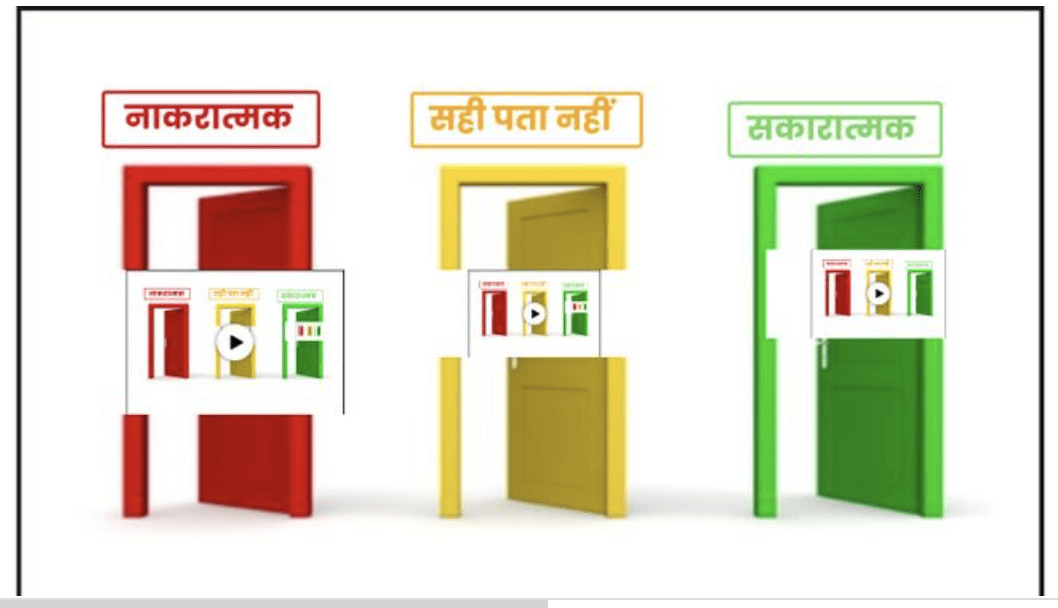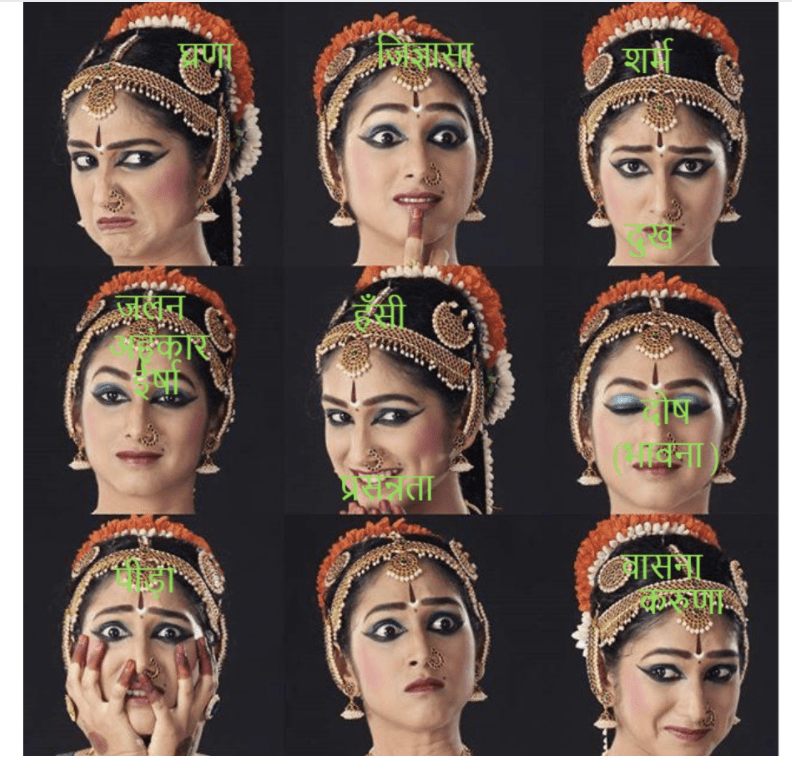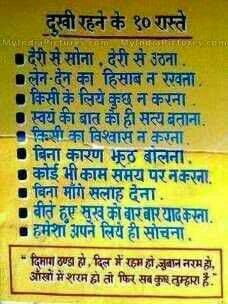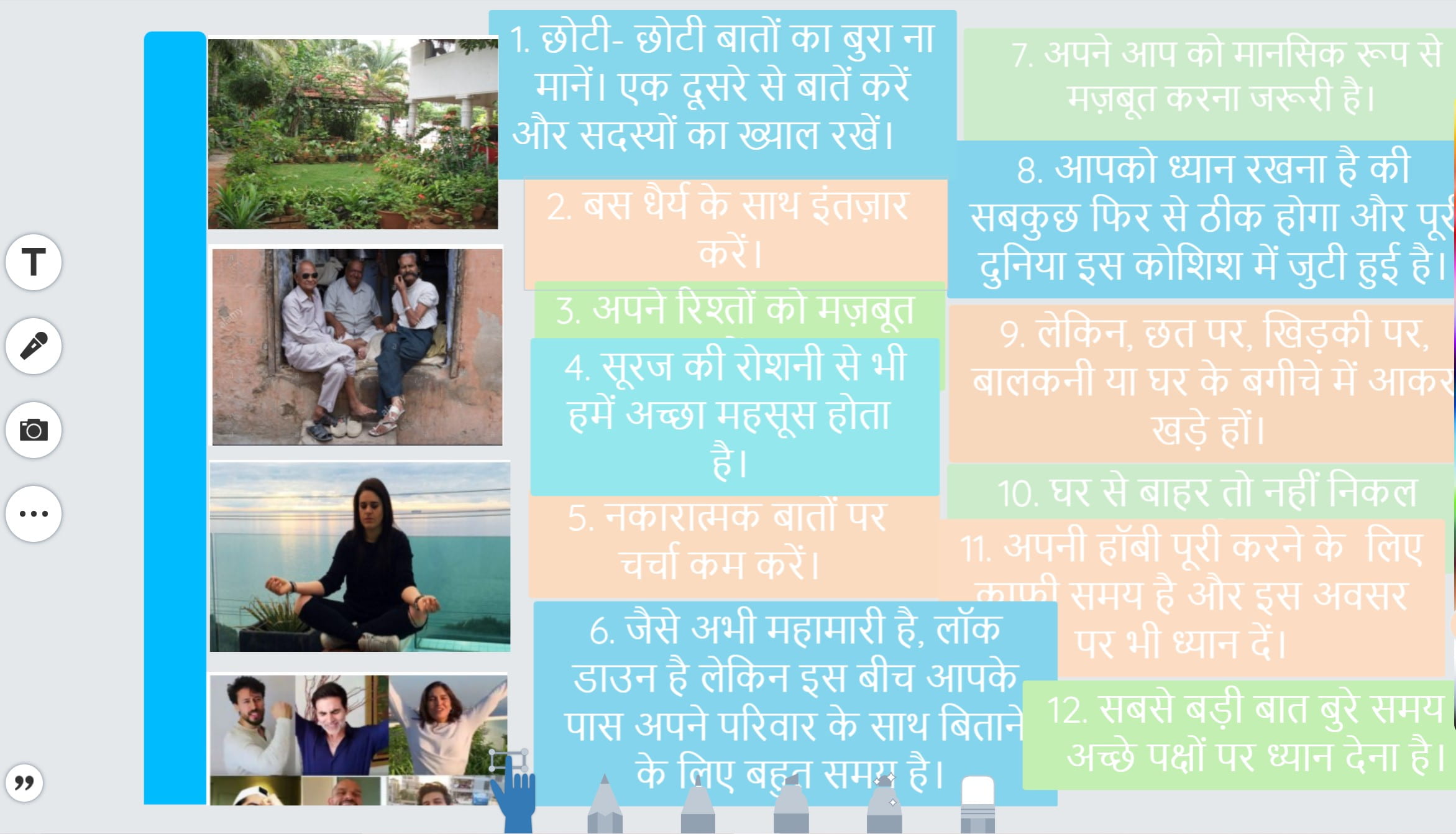This is a description of how the Lockdown unit was taught and slightly modified. The students in this class are only heritage language learners with higher receptive skills (up to Advanced Low) and weaker production skills; most importantly their literacy-based production skills need improvement (Intermediate Low/Mid).
We worked for 6 sessions (75 min each) on this topic and wrote on a shared google doc.
Warm up: First, we orally brainstormed about positive and negative effects of the lockdown. Then students used a list with useful vocabulary while they were writing in an assigned column what was brainstormed.
Interpretive: The vocabulary list was built based on YouTube video (by closing subtitles: segment 1 – 01:29 to 02:41) which they viewed afterwards. Based on that students wrote 4 or more sentences to summarize the segment of the video. We reviewed the कर construction and expanded their sentences with this construction.
Interpretive: For homework they listened to Part 2 (2:54 – 5:19) supported by a glossary list and wrote 5+ complex sentences including the construction in each.
Interpersonal: Next, in the role of journalists students collected more information to write for a local newsletter. First, in pairs or in groups in breakout rooms, they shared and came to a consensus what the main issues are as a result of the lockdown and decided what kind of questions would elicit information about the topic from a specialist. They viewed the third segment of the video (05:20 to 07:10), supported by a glossary and elaborated/expanded their questions using new vocabulary.
Interpersonal: Next, students conducted an interview with an NGO activist (from Kumaon Sewa Samiti) who visited our Zoom session about:
- the type of community she works in
- the lockdown effect on her community
- the support her organization has offered
- anything else you are interested to know from her
The instructor was writing useful expressions and words the speaker used in the chat on zoom and later pasted them in the google doc.
Interpersonal: After the interview, in groups of three, students discussed and developed a Venn diagram about the effects in their community vs the target community of the NGO worker (Uttrakhand) and what is in common.
Presentational: Each student was responsible for writing one perspective on the diagram. Students wrote on a shared google drawing doc: sample of student work.
Presentational: For homework students submitted an audiofile explaining the three perspectives as a podcast presentation by a journalist.
Presentational and Interpersonal: During the next class, in the role of a NGO activist, students chose a perspective to present on, their classmates disagreed on one or more points and the presenter defended their claims.
Interpretive: Then, we moved on to focus specifically on emotions and mental health, and expand our language on this topic. First we went over a list of the main emotions, used in Bharata Natyam dance tradition to check how much students knew. They volunteered/took turns to explain in Hindi the meaning of the words, as much as they could. We also covered the constructions used to express emotions:
- indirect construction X-को महसूस होना vs. महसूस करना
- indirect construction X-को + noun vs. pronoun/noun + adjective
- adjective + लगना
Interpretive: Next, w e played two Seesaw games (developed by Bhavya Singh). One was drag and drop, they recorded reading each word of emotion and matched it with the image a facial expression of a dancer.
e played two Seesaw games (developed by Bhavya Singh). One was drag and drop, they recorded reading each word of emotion and matched it with the image a facial expression of a dancer.

The second one was to record their ideas of lockdown effects and put them in categories:, and : (१) नकारात्मक (negative), (२) सकारात्मक (positive), (३) बीच के (neutral) represented by 3 colored open doors.
Interpretive: Next, students went over another more extended list of emotions and identified the new emotions.

For homework over a long weekend they worked on a project and consulted evaluation rubrics.
Interpretive: Students played two more seesaw games (developed by Bhavya Singh):
1. Students read each line from the sign and using text box tab write 1-3 appropriate adjectives
2. स्वस्थ रहें: Information gap and image matching (groups of 3): Each students has a piece of statement (color coded by student) from one of 8 topics/solutions. They read to each other their statements and match their pieces into 8 solutions and then match them to 8 images (text and pics)
- recorded reading a post from the Health Ministry out loud and submitted it.
- picked 5 solutions from the text below and
- elaborated why you consider them the most useful in comparison to the other six in an email to the editor of the local newsletter and add 3 or more
- created a podcast on problems and solutions
- made sure you use the subjunctive in each solution
Presentational and Interpersonal: They presented the 3 new solutions expanding them with phrases from the Seesaw activities and responded to their classmates who either (a) agreed, or (b) disagreed with one and explained why.
